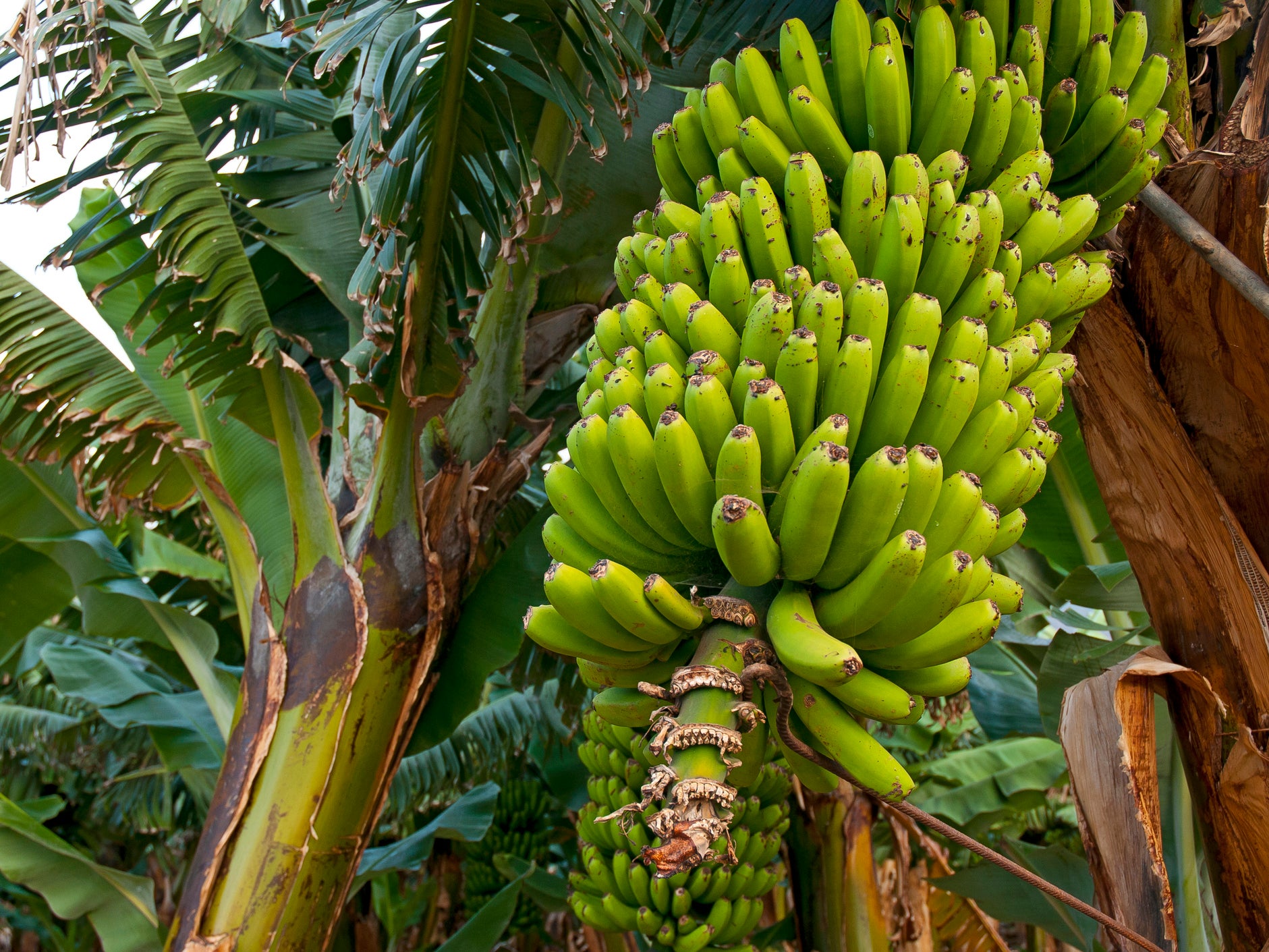3,000-year-old teeth indicate prehistoric humans brought banana plants to remote Pacific islands
Traces of fruit discovered in calcified dental plaque are ‘like Jurassic Park’s mosquito in amber’

Your support helps us to tell the story
From reproductive rights to climate change to Big Tech, The Independent is on the ground when the story is developing. Whether it's investigating the financials of Elon Musk's pro-Trump PAC or producing our latest documentary, 'The A Word', which shines a light on the American women fighting for reproductive rights, we know how important it is to parse out the facts from the messaging.
At such a critical moment in US history, we need reporters on the ground. Your donation allows us to keep sending journalists to speak to both sides of the story.
The Independent is trusted by Americans across the entire political spectrum. And unlike many other quality news outlets, we choose not to lock Americans out of our reporting and analysis with paywalls. We believe quality journalism should be available to everyone, paid for by those who can afford it.
Your support makes all the difference.When humans colonised the last uninhabited area of the planet 3,000 years ago, they brought and cultivated bananas, new research reveals.
Vanuatu is a remote Pacific island country more than a thousand miles east of northern Australia and was first populated by people who originated in southeast Asia and sailed into the Pacific on canoes.
It was previously unknown how travellers on these epic pre-historic voyages sustained themselves in the lands they had discovered, but research into a cache of ancient skeletons has shed light on their diets for the first time.
The 3,000-year-old bones studied were originally found in 2004-5 at the Teouma cemetery on the island of Efate in Vanuatu.
Dr Monica Tromp, of the University of Otago’s southern Pacific archaeological research group, discovered the traces of banana while examining jawbones.
Using microscopes to look for tiny particles in calcified dental plaque, also known as dental calculus, which was scraped from the teeth of the skeletons, Dr Tromp found minescule fragments of banana and other plants.
The discoveries indicate which plants people were eating and using to make materials like fabric and rope in the region when it was first colonised.
While it was thought people had transported domesticated animals and crops with them on canoes, the banana fragments are the first hard evidence to support this theory.
“One of the big advantages of studying calcified plaque or dental calculus is that you can find out a lot about otherwise invisible parts of people’s lives,” said Dr Tromp.
“Plaque calcifies very quickly and can trap just about anything you put inside of your mouth – much like the infamous Jurassic Park mosquito in amber – but they are incredibly small things that you can only see with a microscope.”
The study began as part of Dr Tromp’s PhD research in the Department of Anatomy and involved collaboration with the Vanuatu Cultural Centre, Vanuatu National Herbarium and the community of Eratap village – the traditional landowners of the Teouma site.
Dr Tromp spent hundreds of hours in front of a microscope finding and identifying microparticles extracted from 32 of the Teouma individuals. The positive identification of banana (Musa sp.) is direct proof it was brought with the earliest Lapita populations to Vanuatu.
Palm species (Arecaceae) and non-diagnostic tree and shrub microparticles were also identified, indicating these plants were also important to the lives of this early population, possibly for use as food or food wrapping, fabric and rope making, or for medicinal purposes, Dr Tromp said.
“The wide, and often unexpected range of things you can find in calcified plaque makes what I do both incredibly exciting and frustrating at the same time.”
The research is published in the journal Nature.
Join our commenting forum
Join thought-provoking conversations, follow other Independent readers and see their replies
Comments